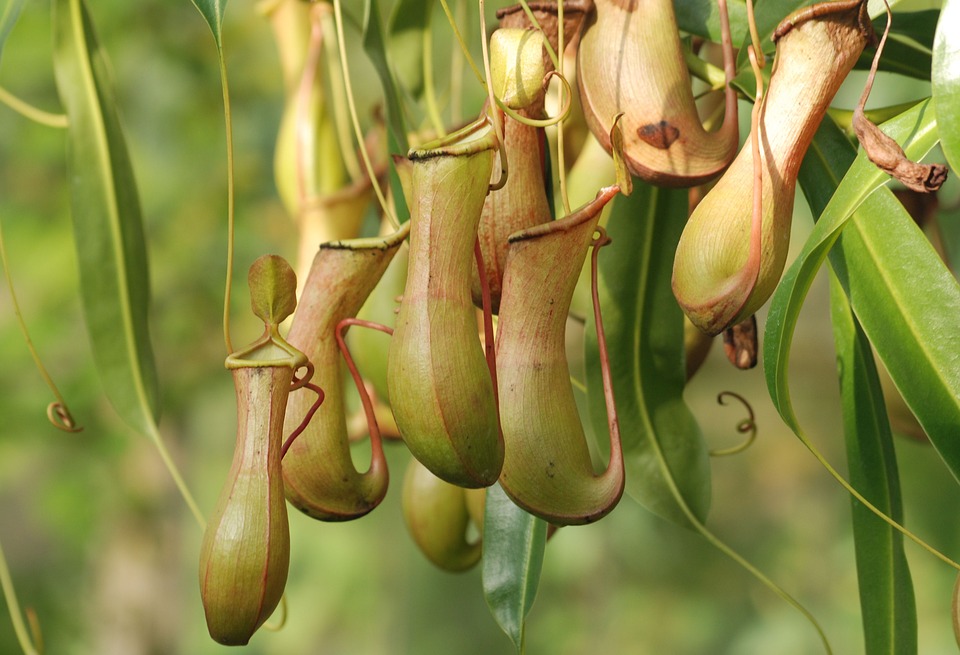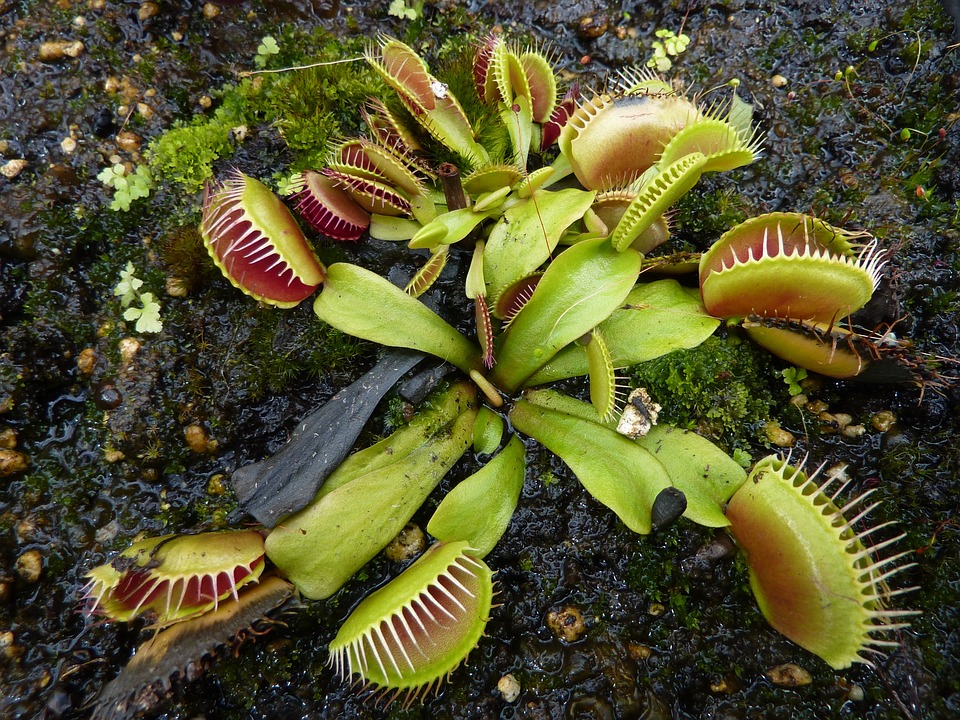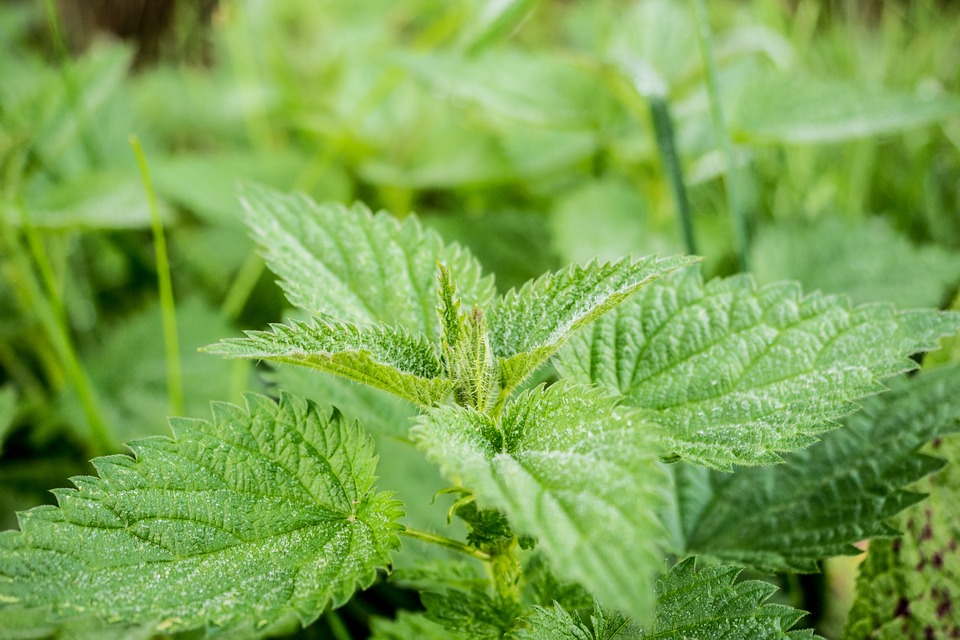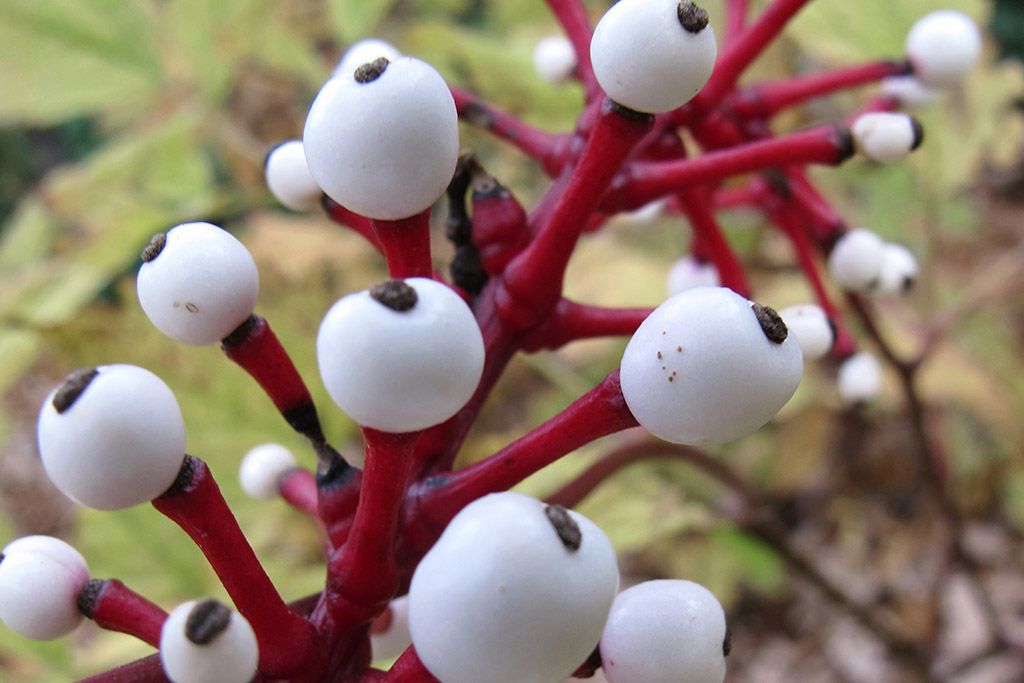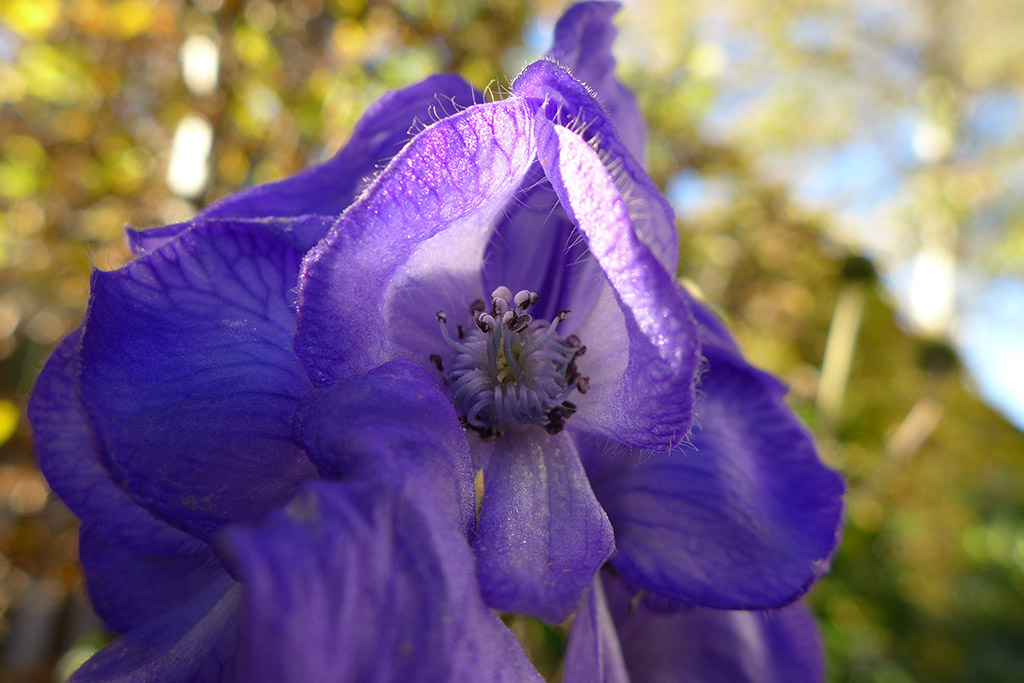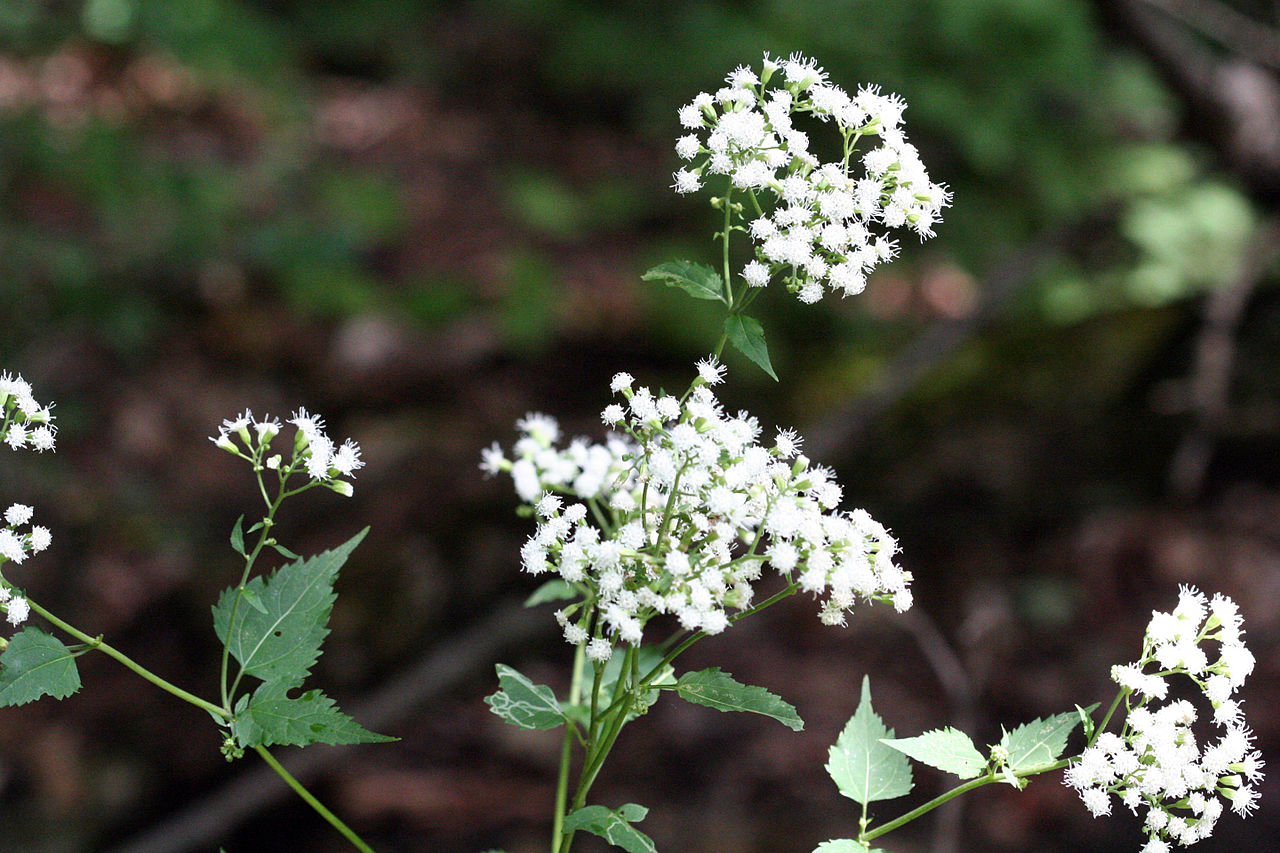This spring, take time to smell the flowers – but avoid the heart attack tree
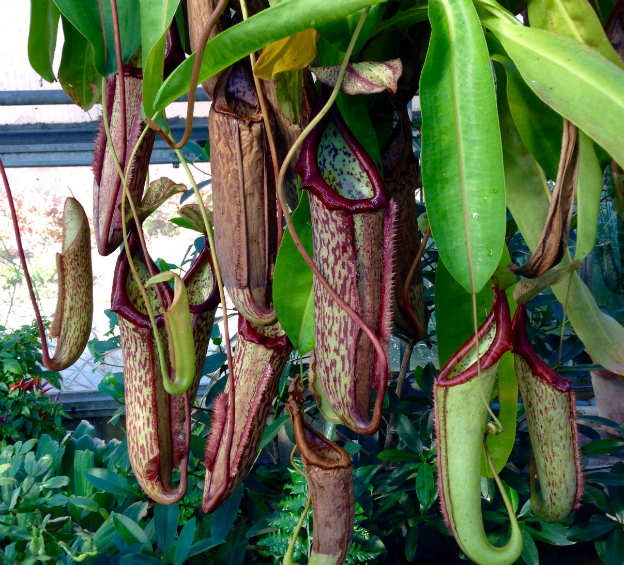
The pitcher plant contains sweet juice inside that attracts its prey where they are drowned and dissolved for nutrients.
Plants and humans have a long history together.
Plants provide humans with food, shelter, clothing and medicine, and have done so for a long time.
But Biology professor Susan Dudley says that while life is made possible thanks to plants, being at the bottom of the food chain isn’t all it’s cracked up to be. And that’s made some plant species a little angry.
“Some plants try to defend themselves more aggressively than others,” she says.
Well sure – but how deadly can a plant actually be?
To find out, we asked Dudley to tell us about some of the world’s most deadly plants.
Pitcher Plant
This is not a plant you’d want to score a drink out of if you were an insect. The sweet juice found inside its pitcher-shaped leaves attracts prey, who fall down the slippery leaves and drown. The plant then digests its meal for nutrients like nitrogen. Its victims are typically small insects, but occasionally the pitcher plant lands itself a frog, or even a mouse. “The largest plants we’ve had on campus have been 18-20 inches,” says Dudley.
Venus Flytrap
Another carnivorous plant you wouldn’t want to be around if you were a fly. These plants are harmless to humans but are interesting to watch when chomping down on prey. Once trapped, insects are digested – a process that can take days.
Giant Hogweed
This invasive plant is commonly found around McMaster and last summer students were warned to stay away from it while hiking in the Dundas area and near Spencer Creek. The sap from the plant can cause intense burns and blistering, and if it comes in contact with your eyes can cause temporary or permanent blindness.
Wikimedia Commons
Stinging Nettle Tree (Heart attack tree)
Though native to Australia, Dendrocnide used to be found at McMaster’s Greenhouse, but its dangerous effects led to its removal a few years ago. The plant’s leaves contain stinging hairs that cause extremely painful sensations that feel like the symptoms of a heart attack. The pain can last for a few days or even months. A brush with the plant can cause 10-12 hours of burning pain and hives. The stinging tree is known as the most deadly stinging nettle in the world.
Doll’s Eyes
This plant’s berries are reminiscent of eyeballs. If that doesn’t put you off, the fact that ingesting those berries can lead to cardiac arrest and death should.
Creative Commons: Flickr @kpaulus
Monkshood
The Aconitum Napellus or monkshood is one of the most toxic plants in the world. Its poison, aconite, was the poison of choice in the Middle Ages as it brought a quick death to enemies who ingested it. Canadian actor Andre Noble mistakenly ingested this flower in 2004 while hiking in Newfoundland and did not survive the night. It must be handled with extreme caution. But if you’re a fan of the supernatural, this plant is also known as wolfsbane – a poison deadly to werewolves.
White Snakeroot
Famous for killing President Abraham Lincoln’s mother, the flower contains toxins that if consumed are poisonous. Lincoln’s mother had ingested milk produced by a cow that had consumed the flower, causing what was then called milky sickness. This is highly unlikely to occur today as milk goes through a series of treatments before being delivered to consumers.
Wikimedia Commons
Strangling Fig
While the strangling fig is not deadly to humans, other plants need to watch out. The strangling fig gives a deadly embrace to other plants through its roots and kills them.
Wikimedia Commons
This list is only a small number of the many plants that are toxic. Dudley recommends always erring on the side of caution when out in the woods and avoiding plants you are unfamiliar with.

